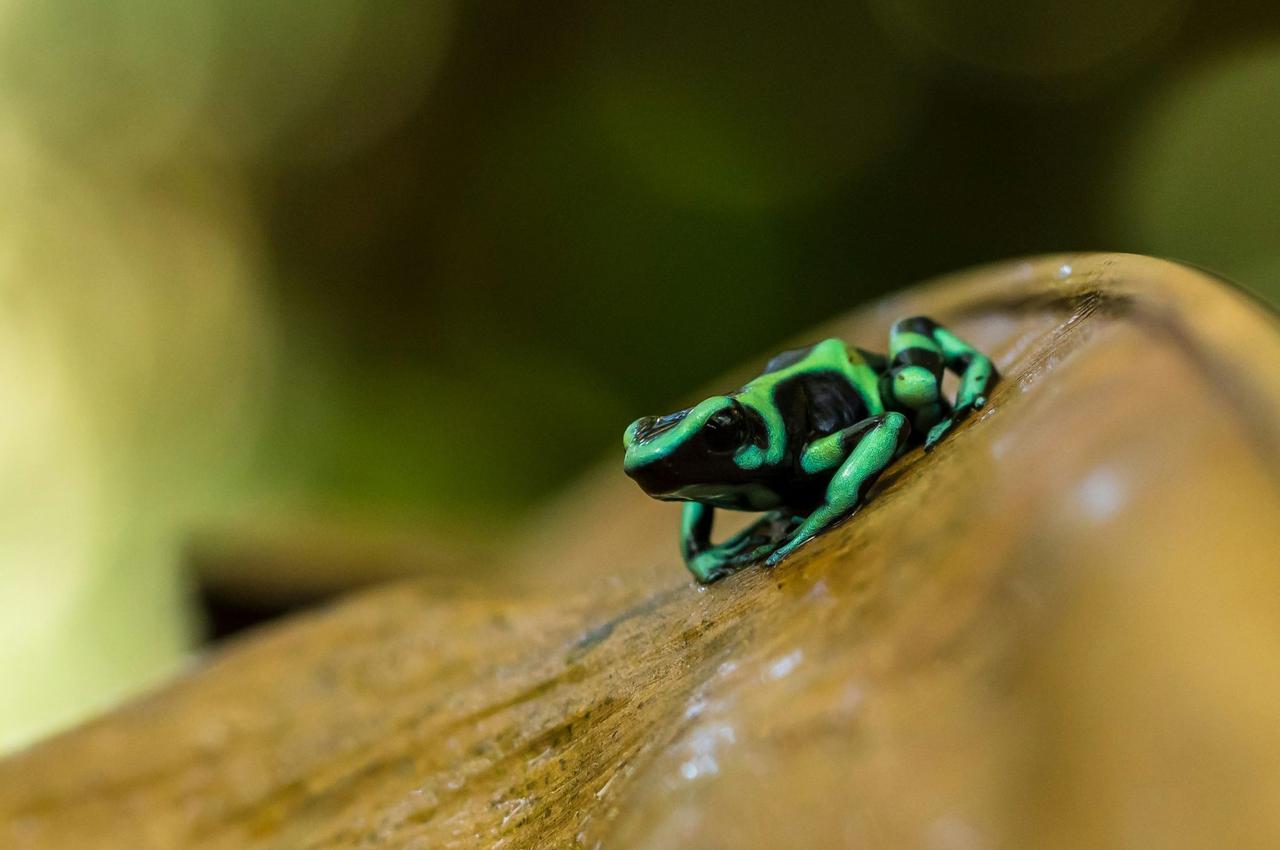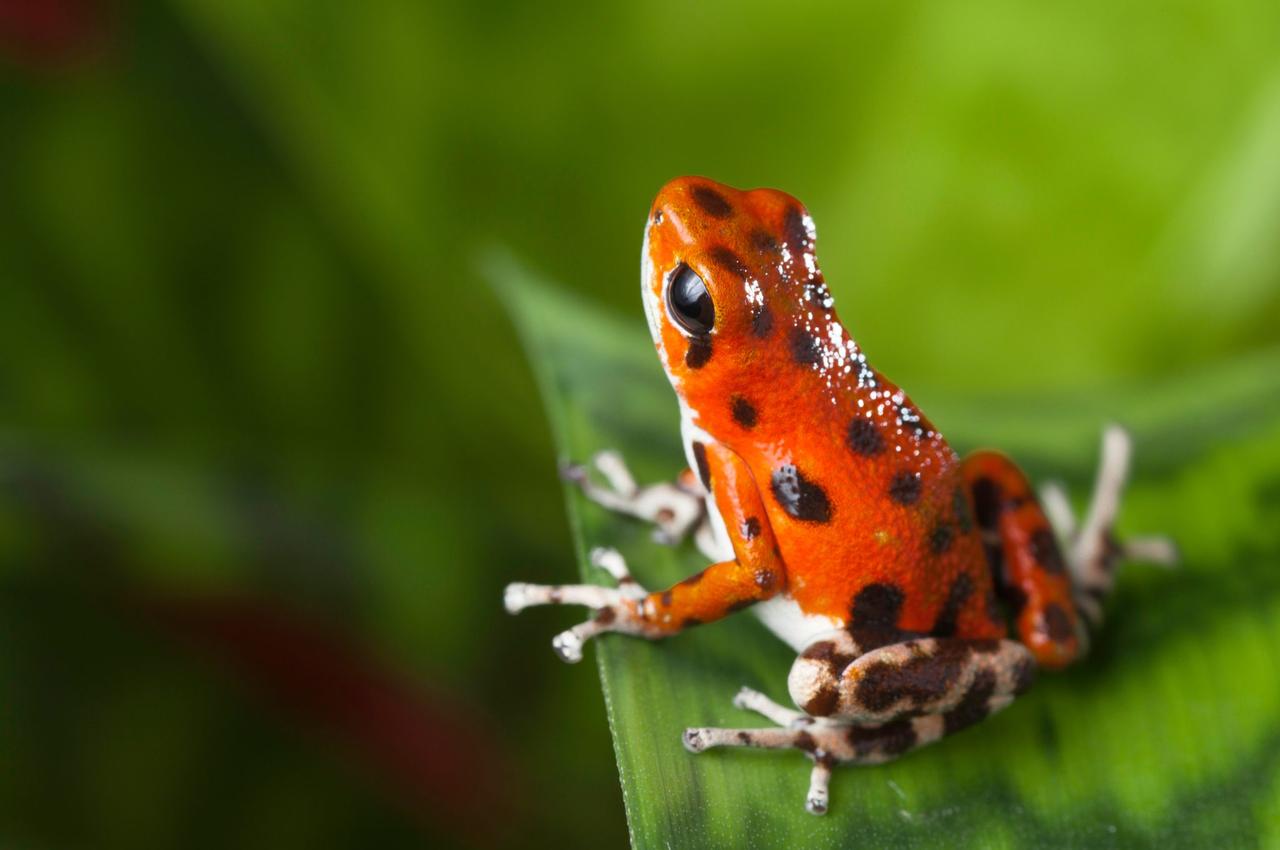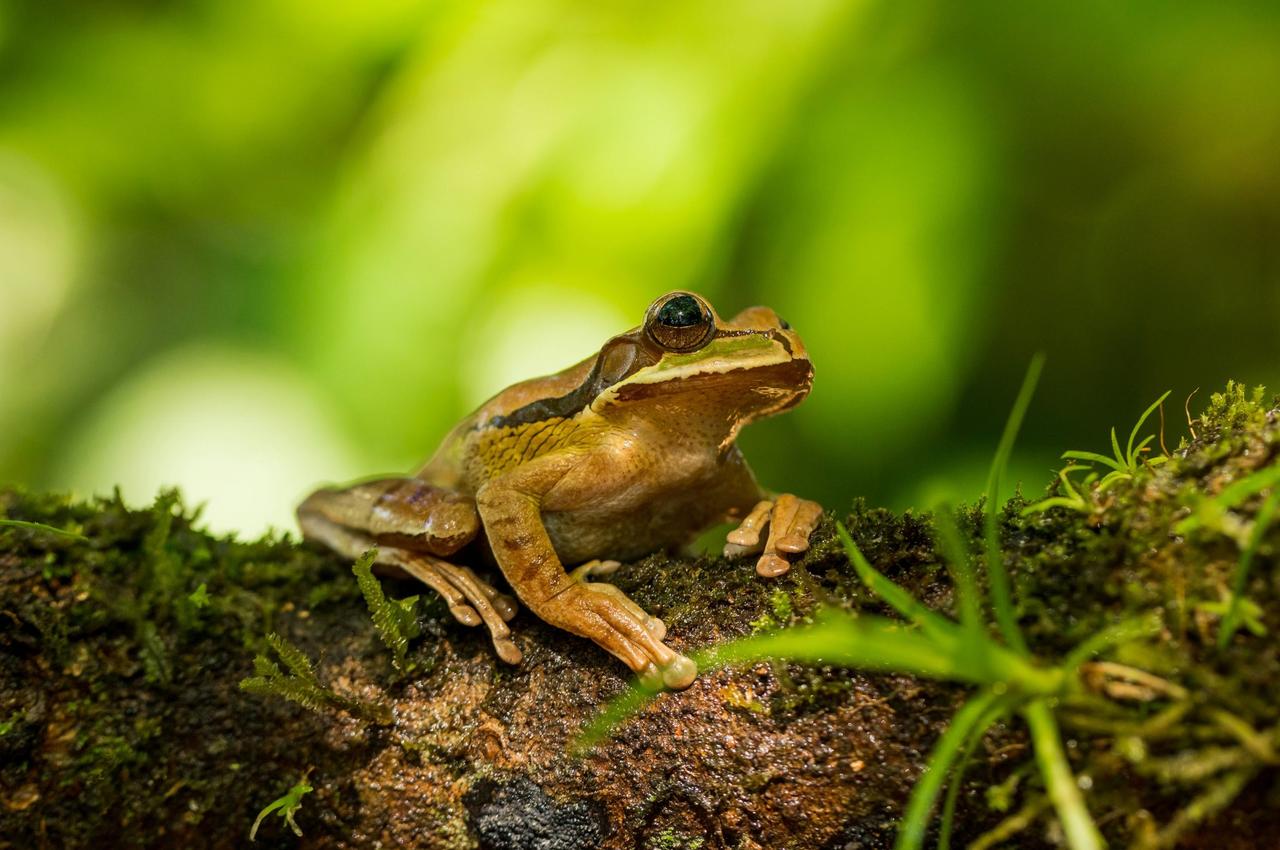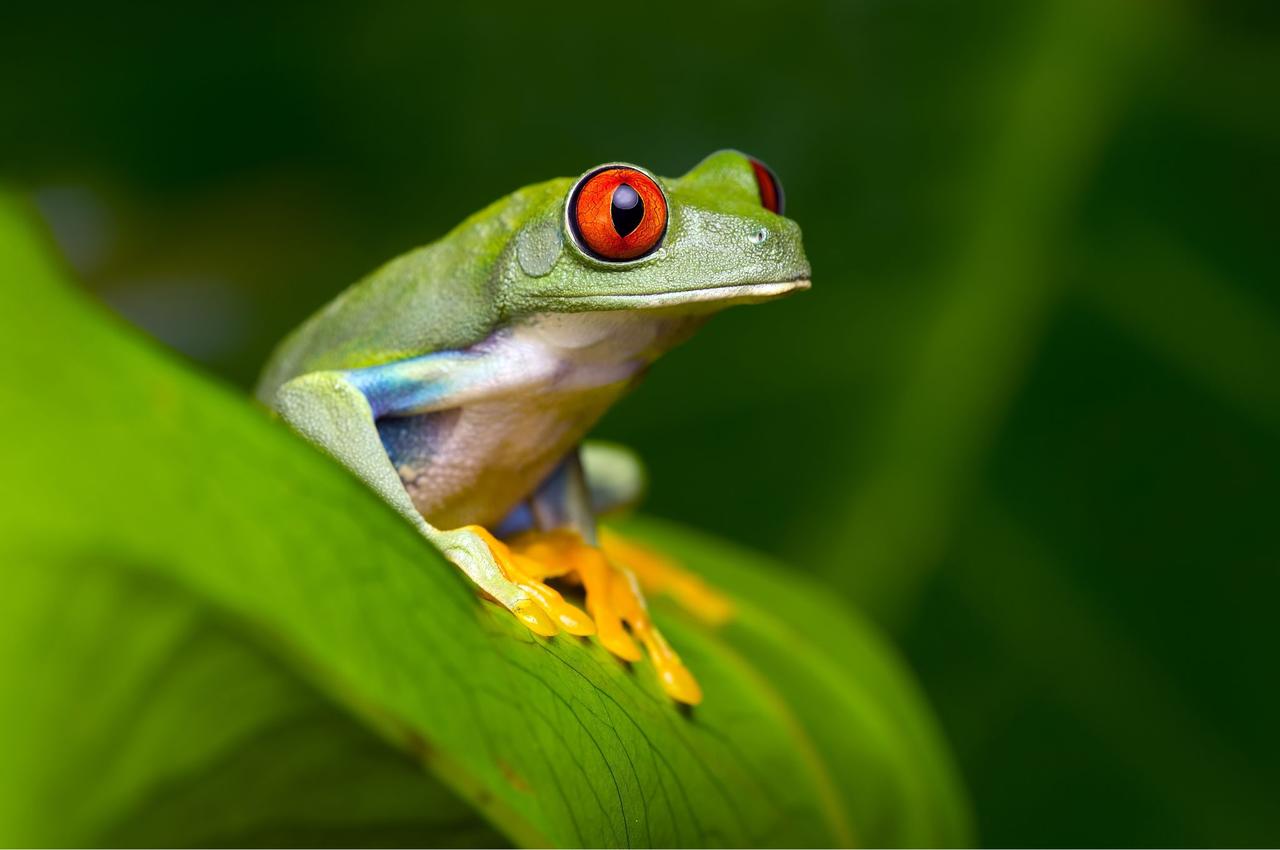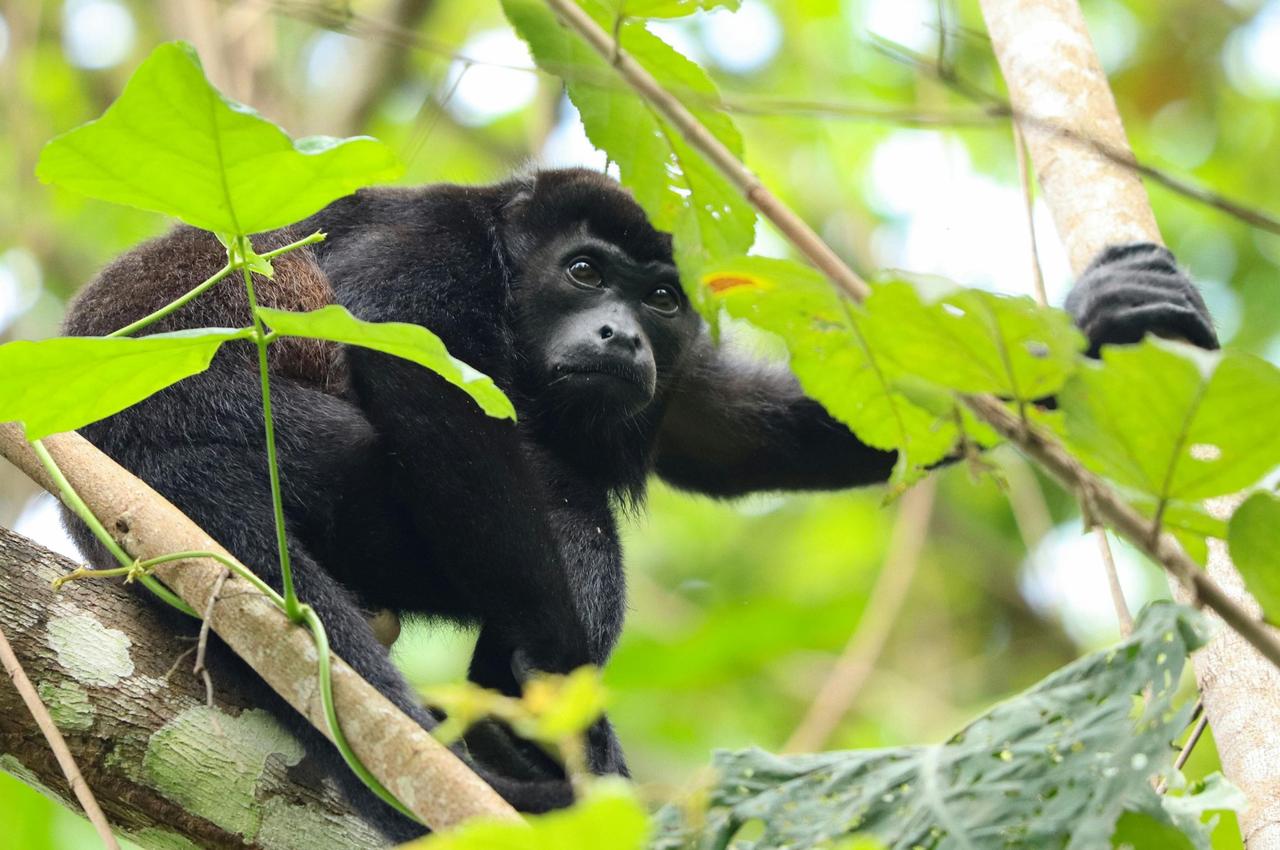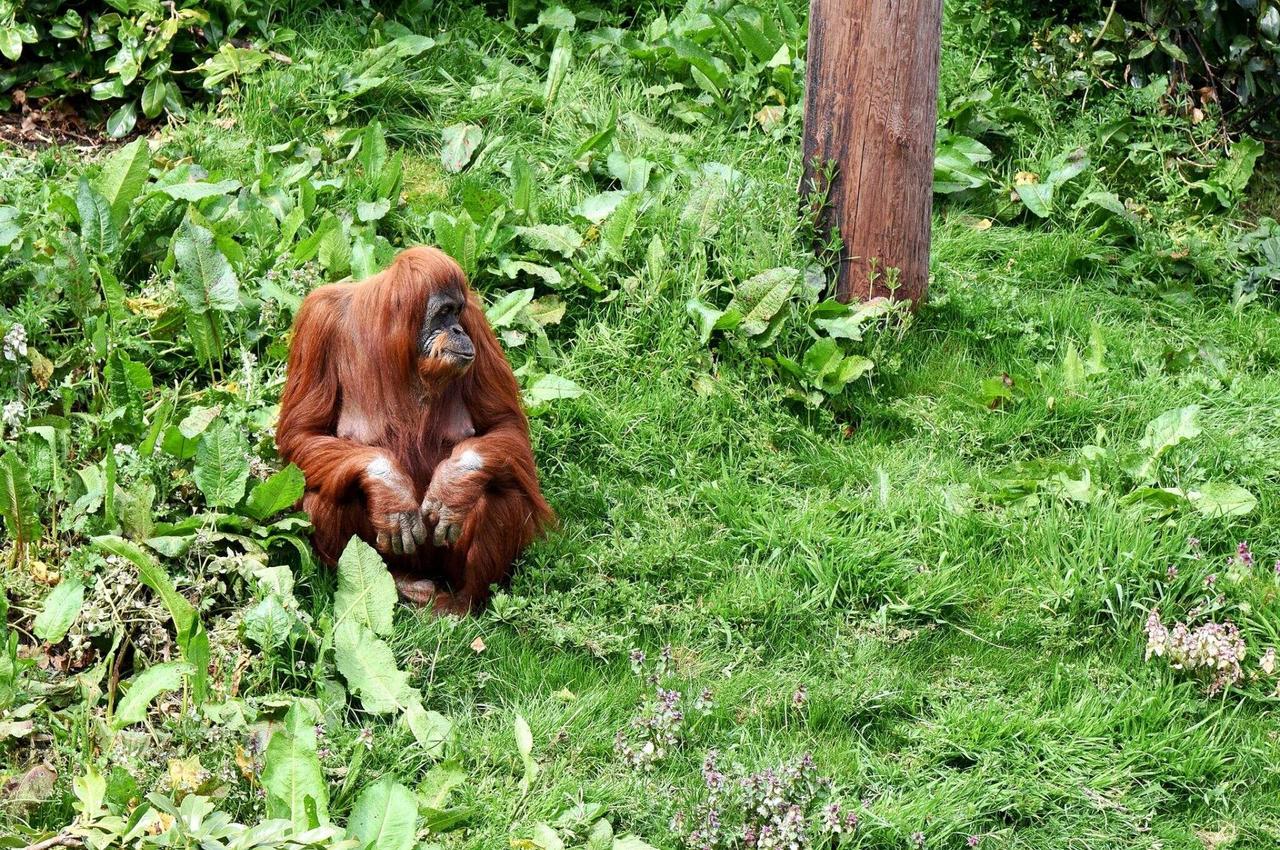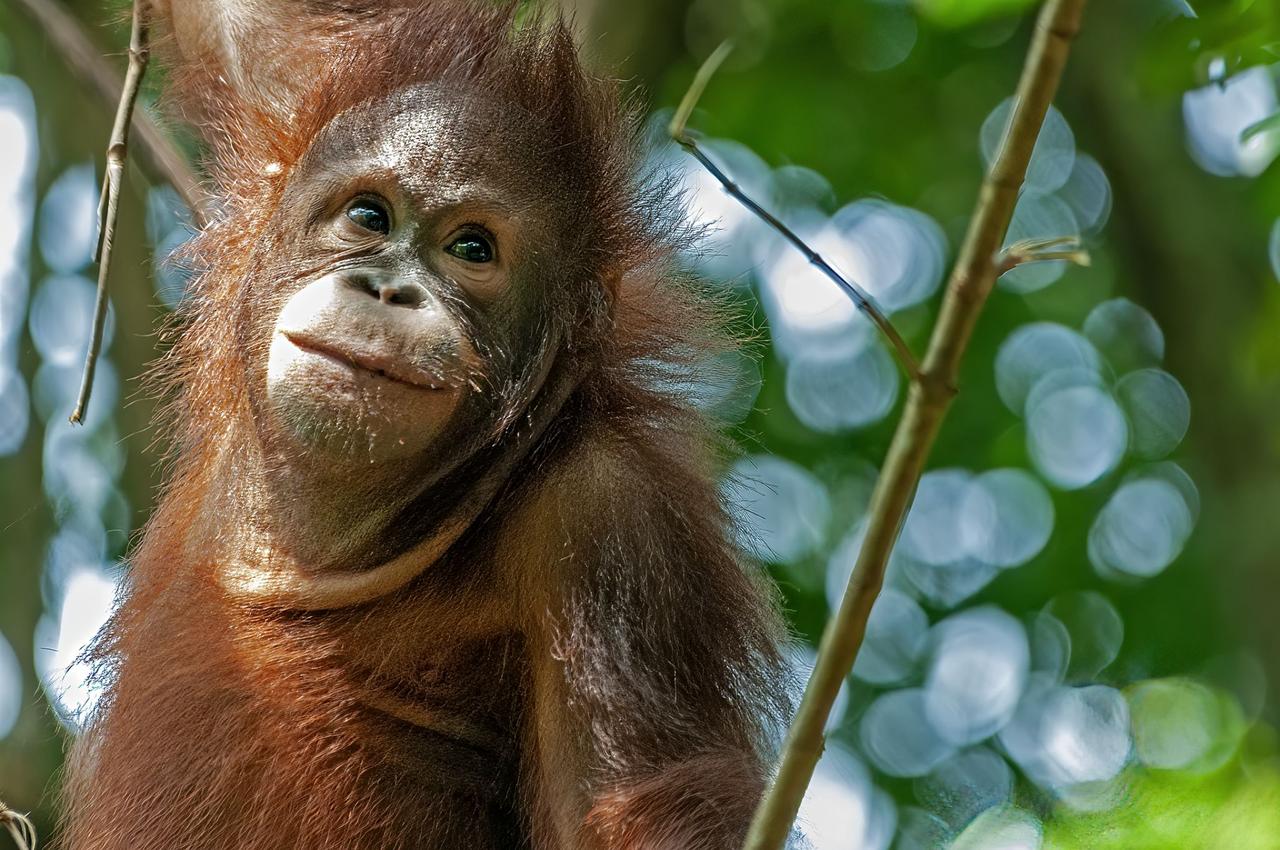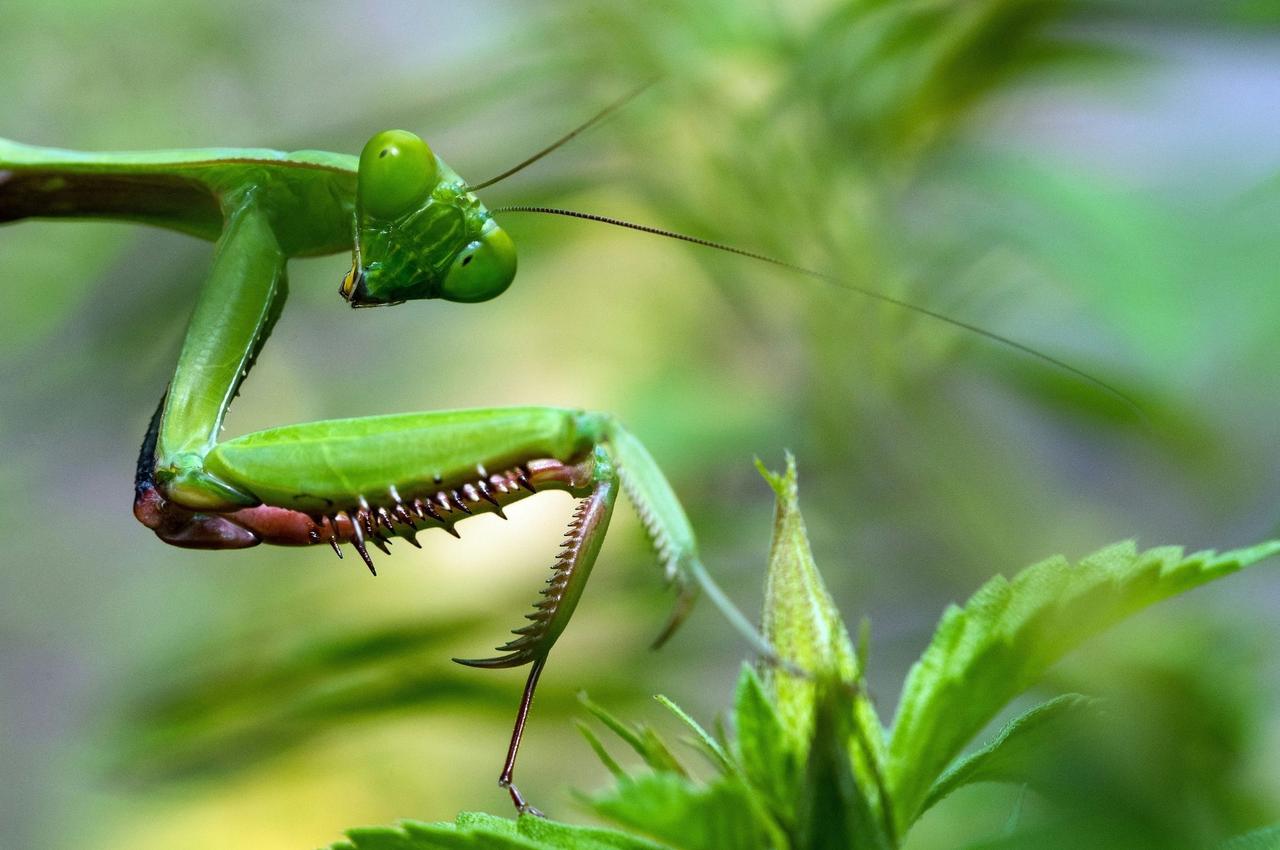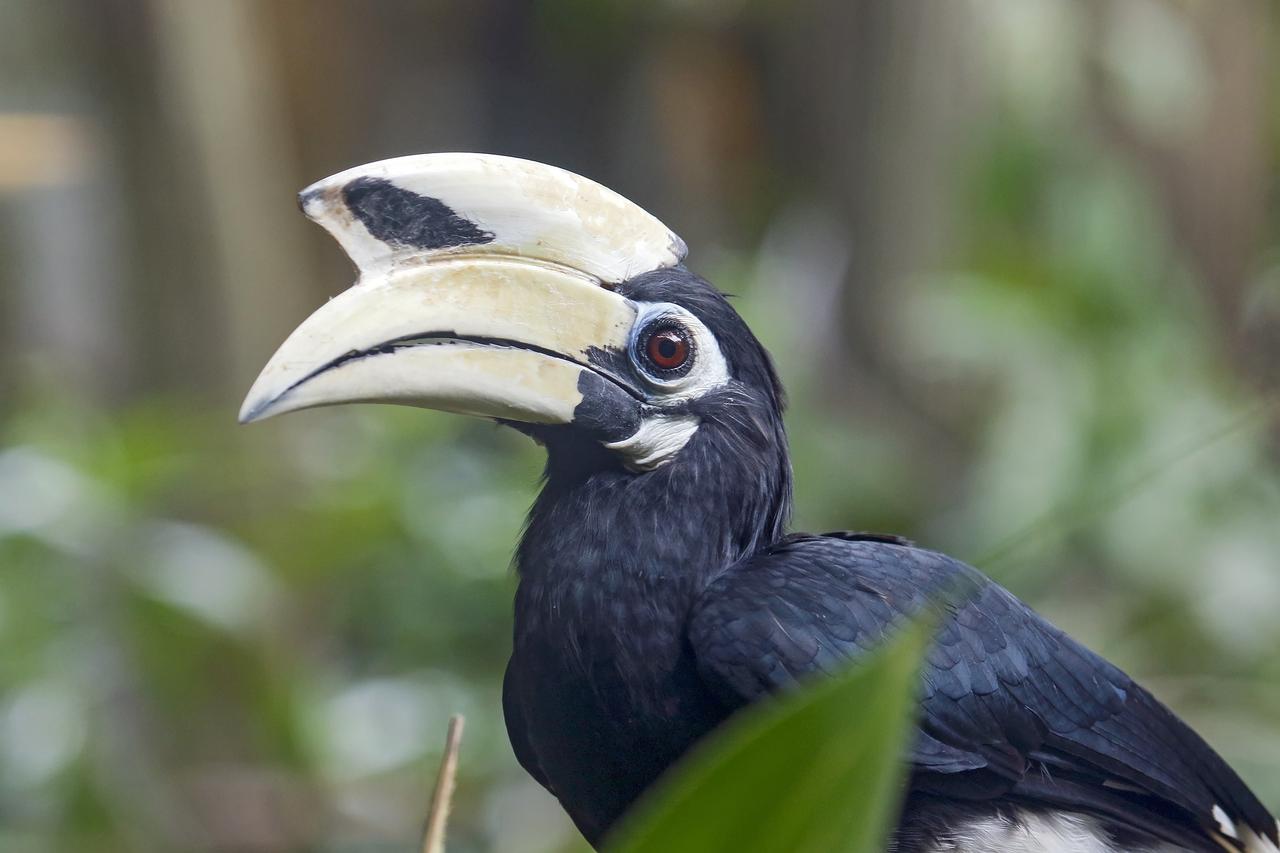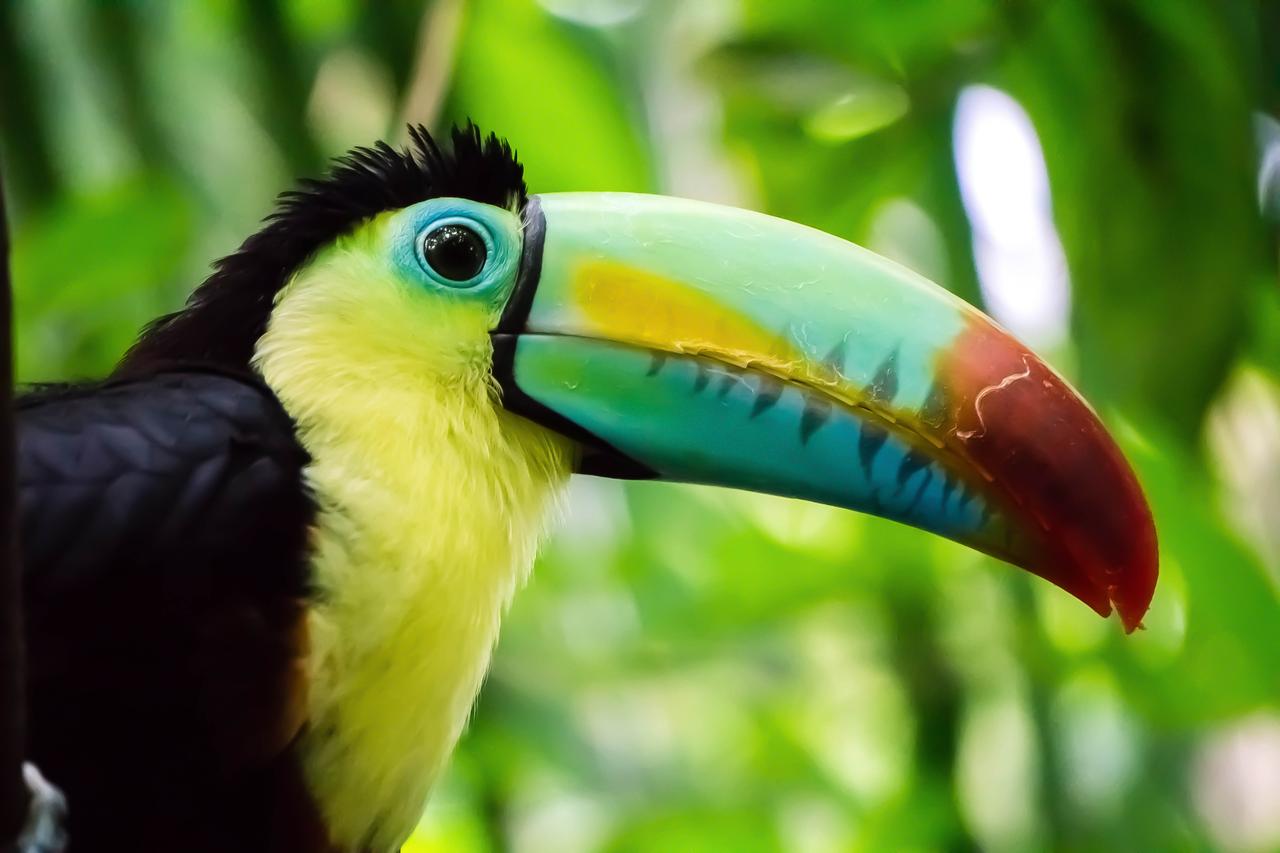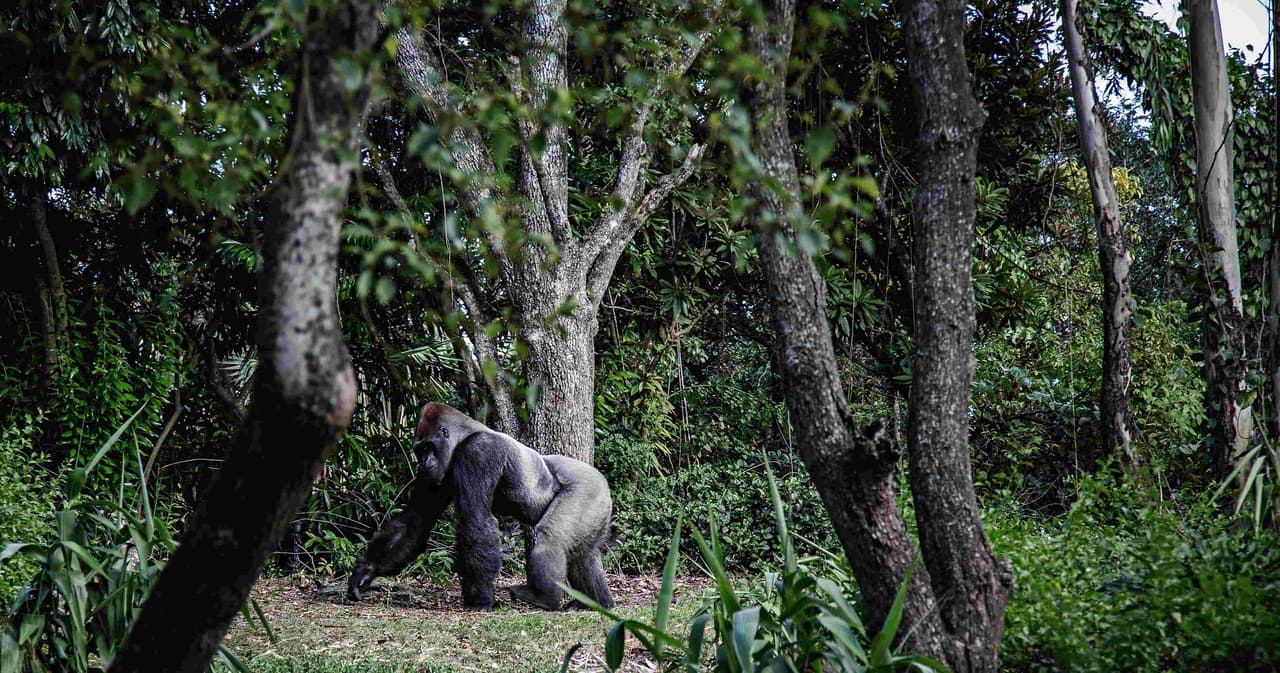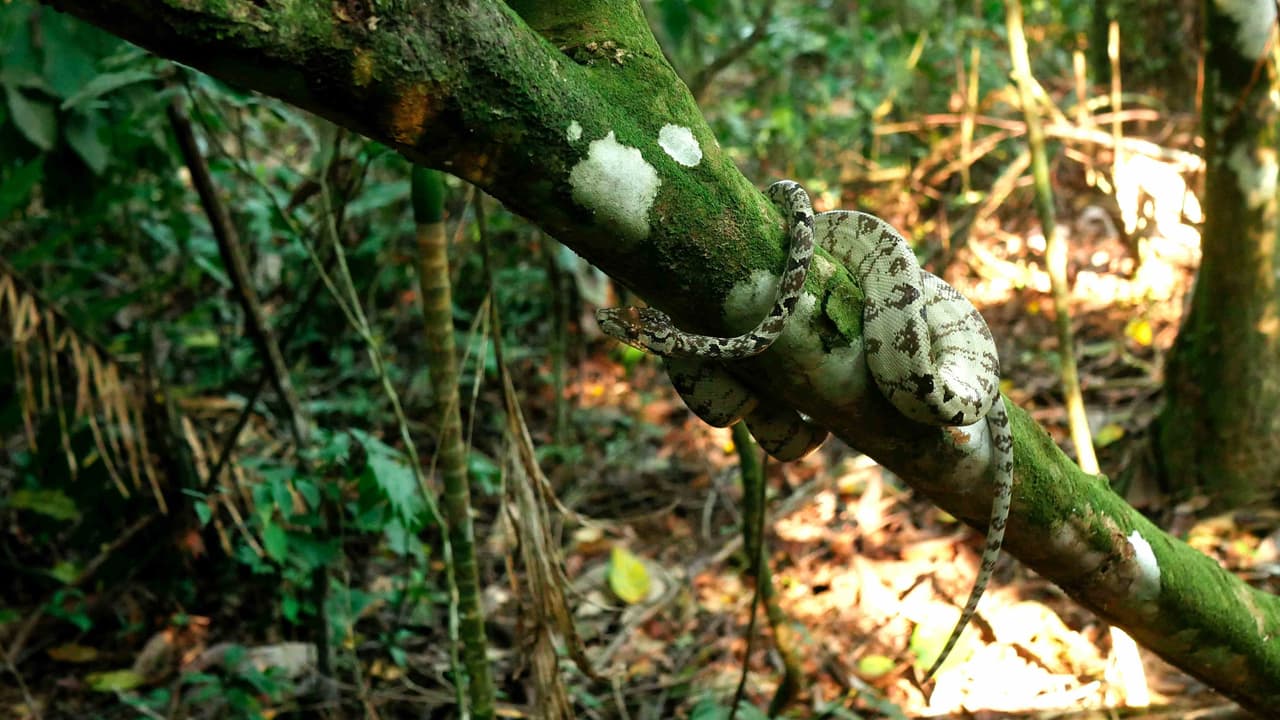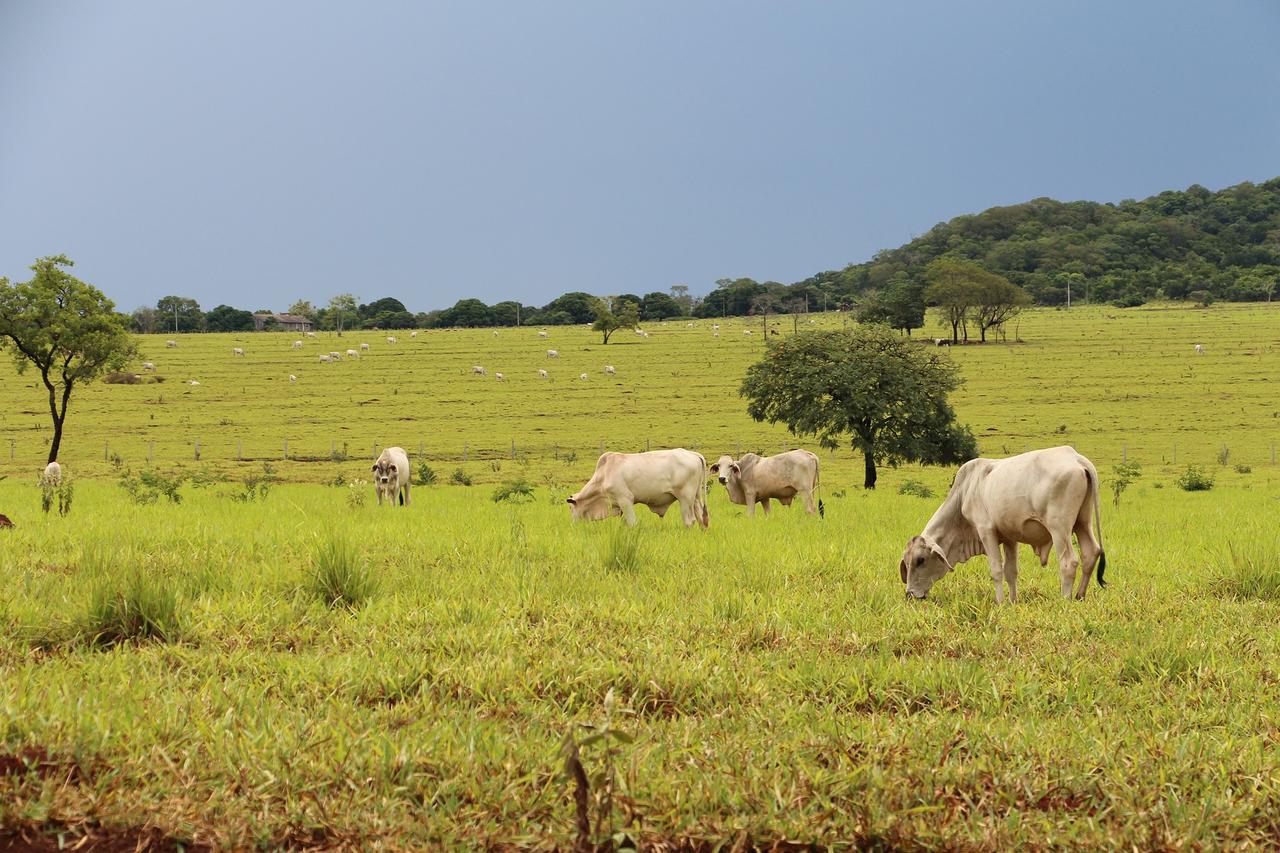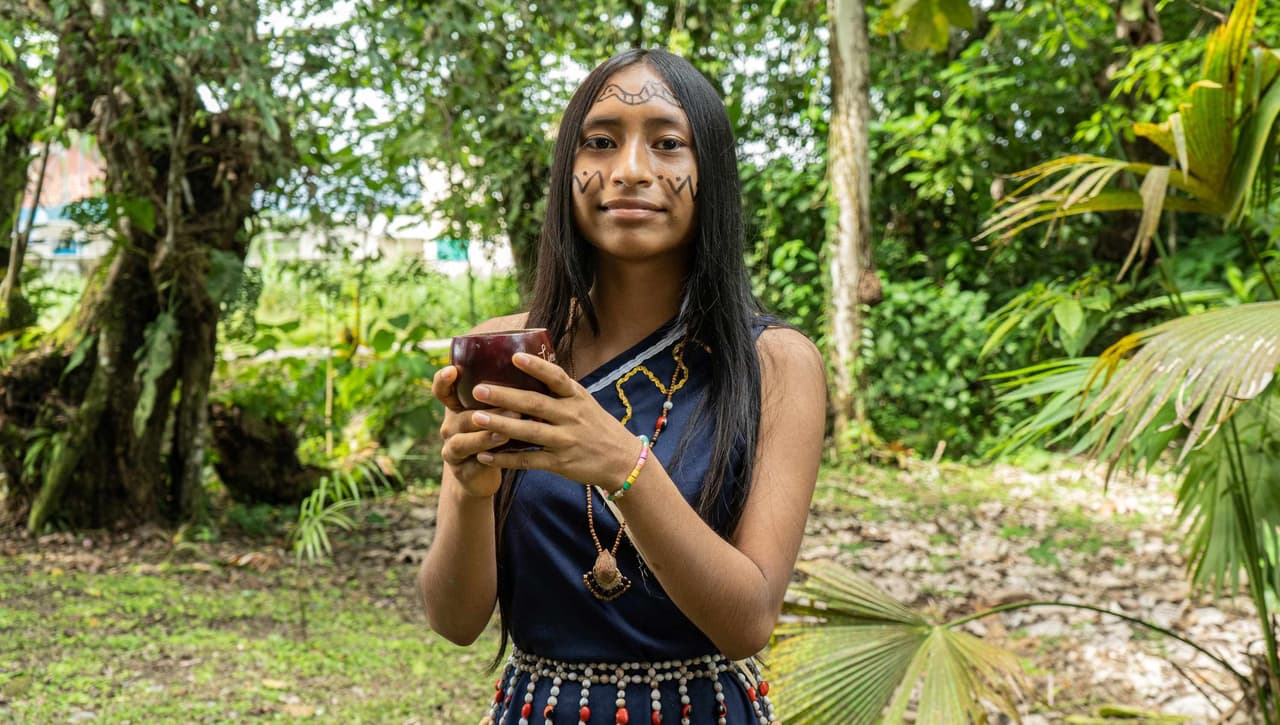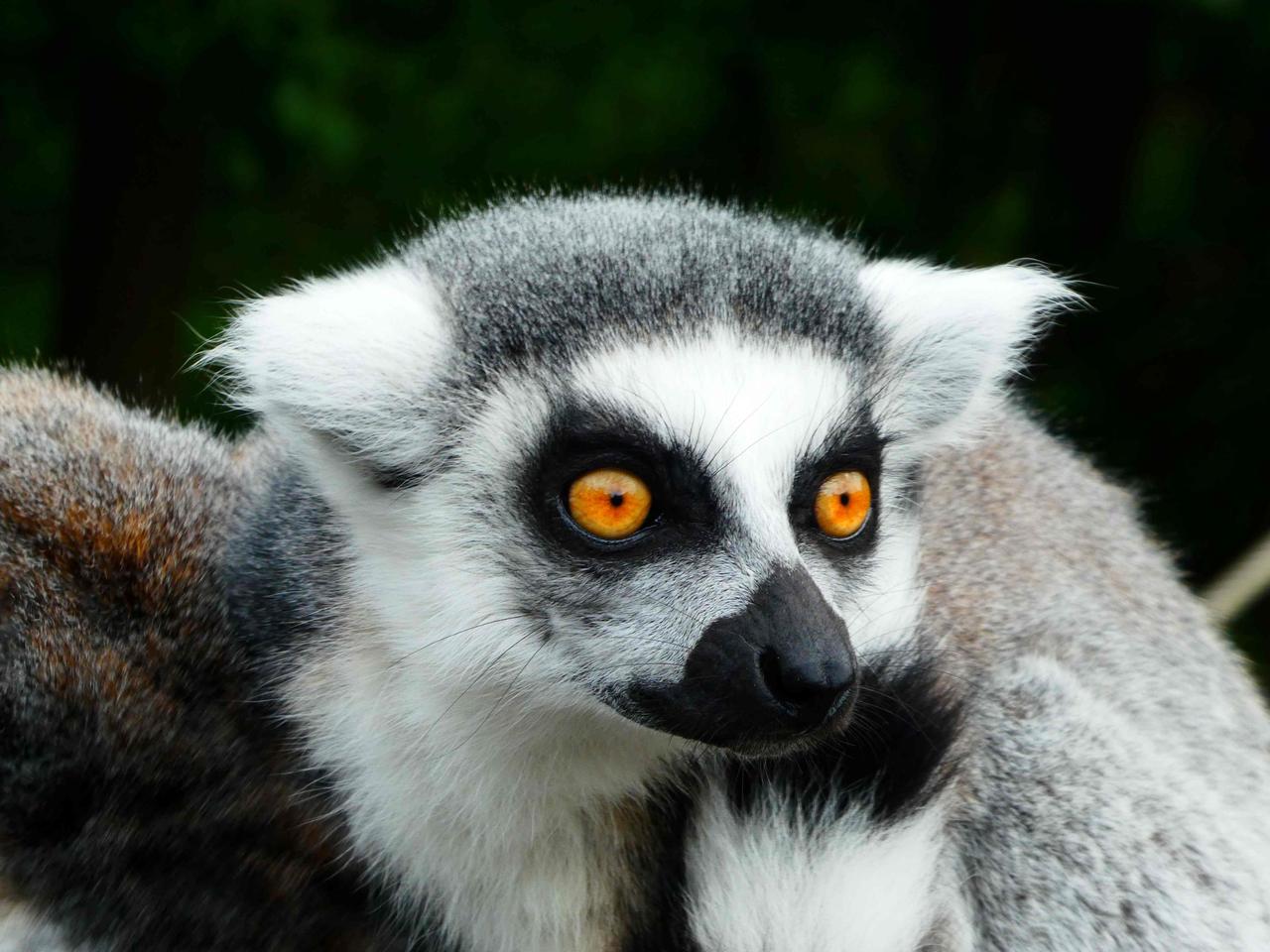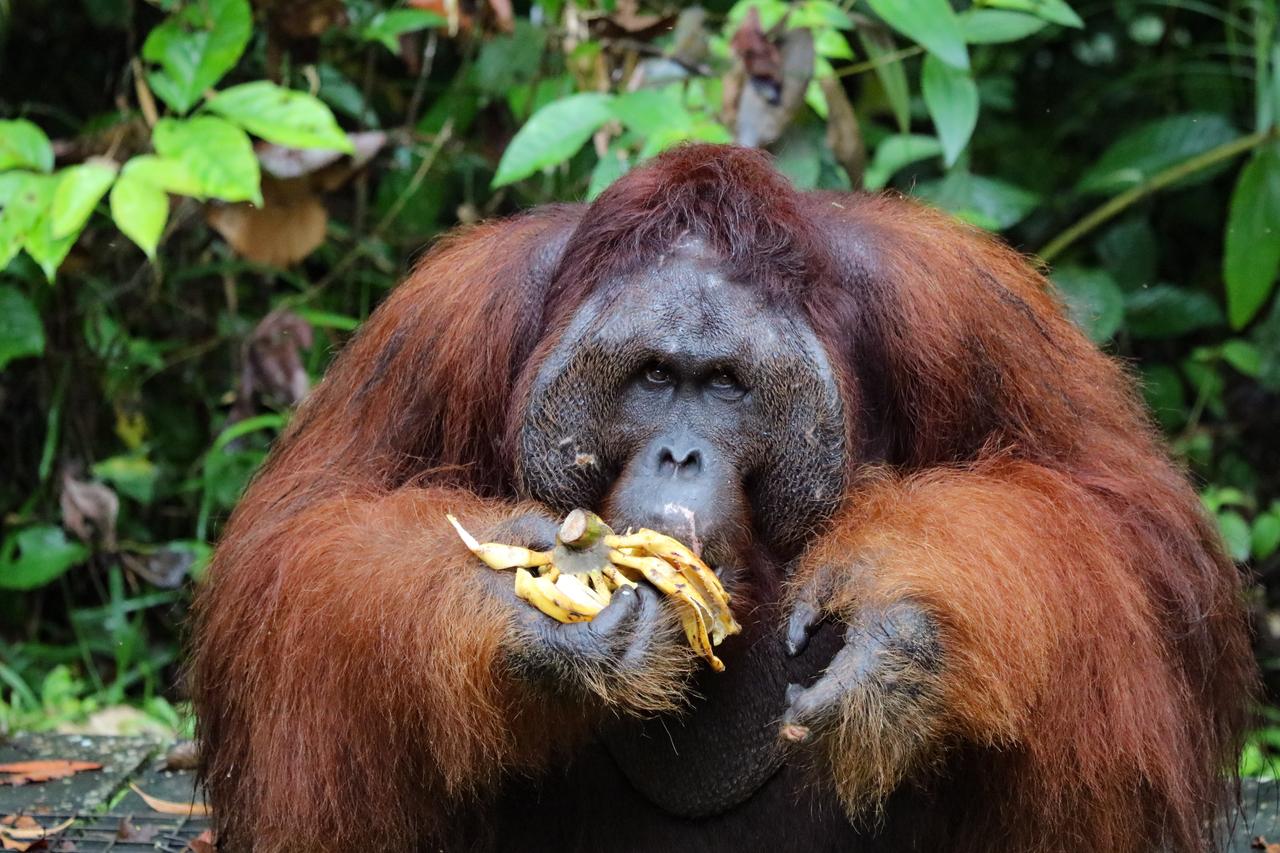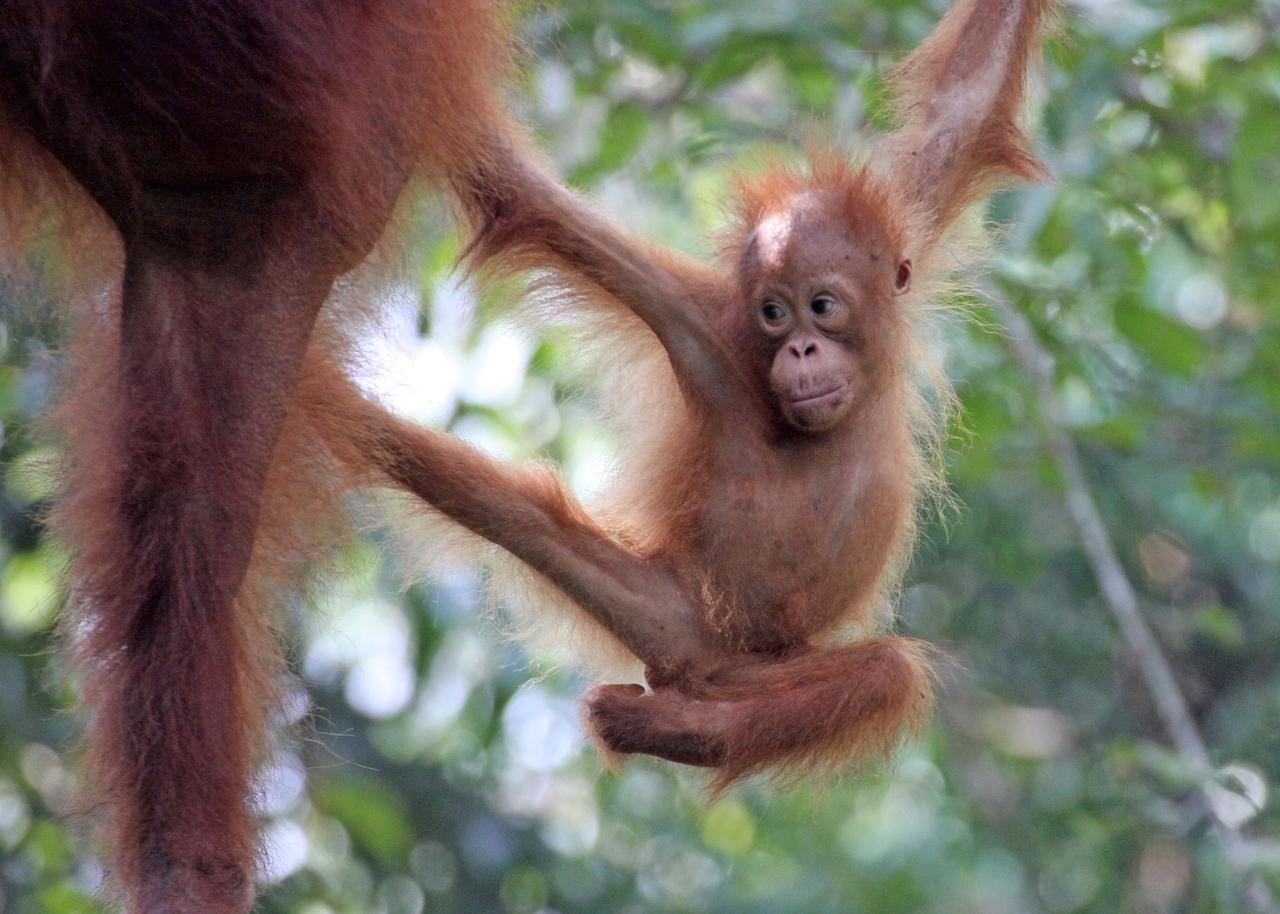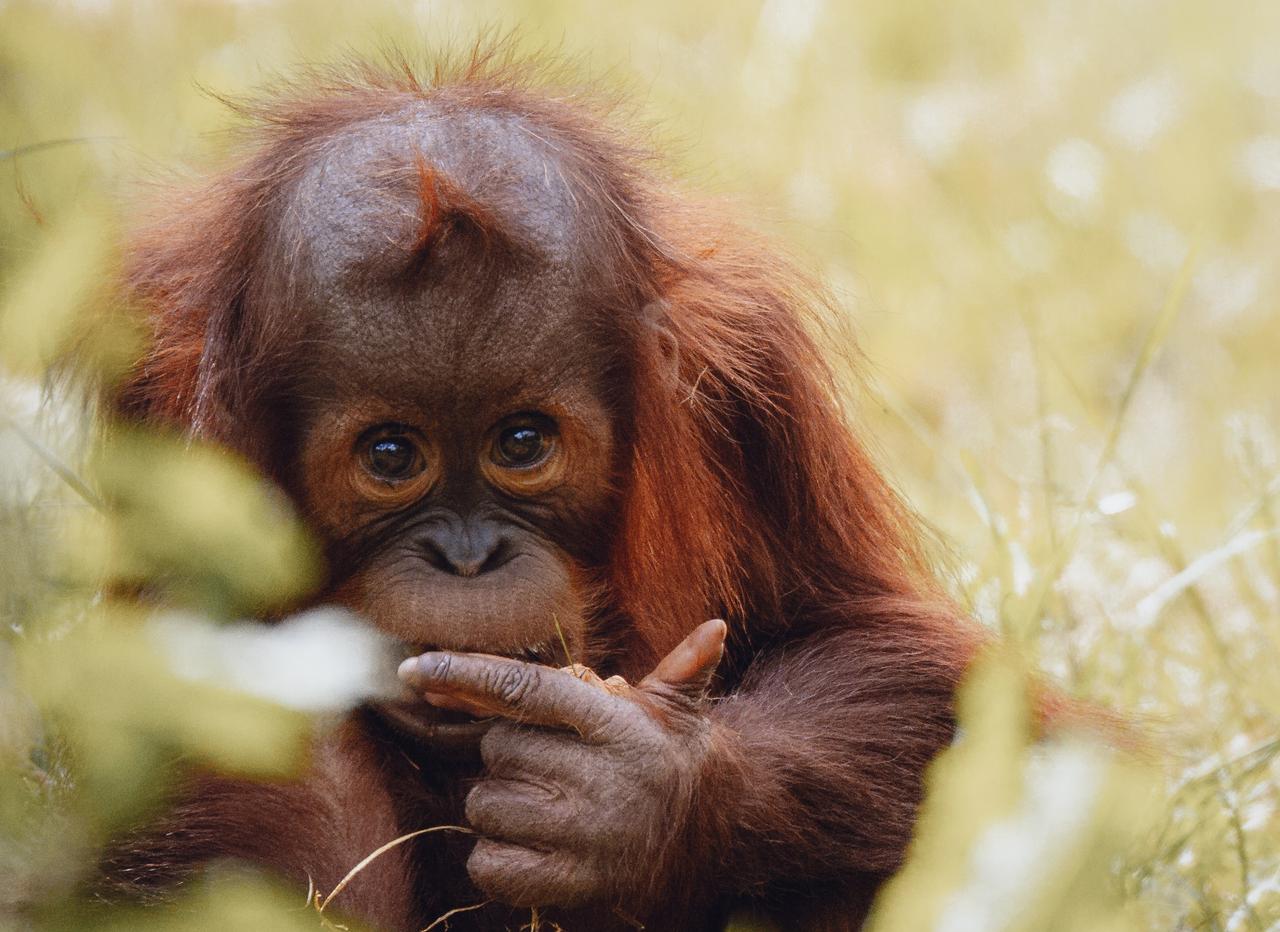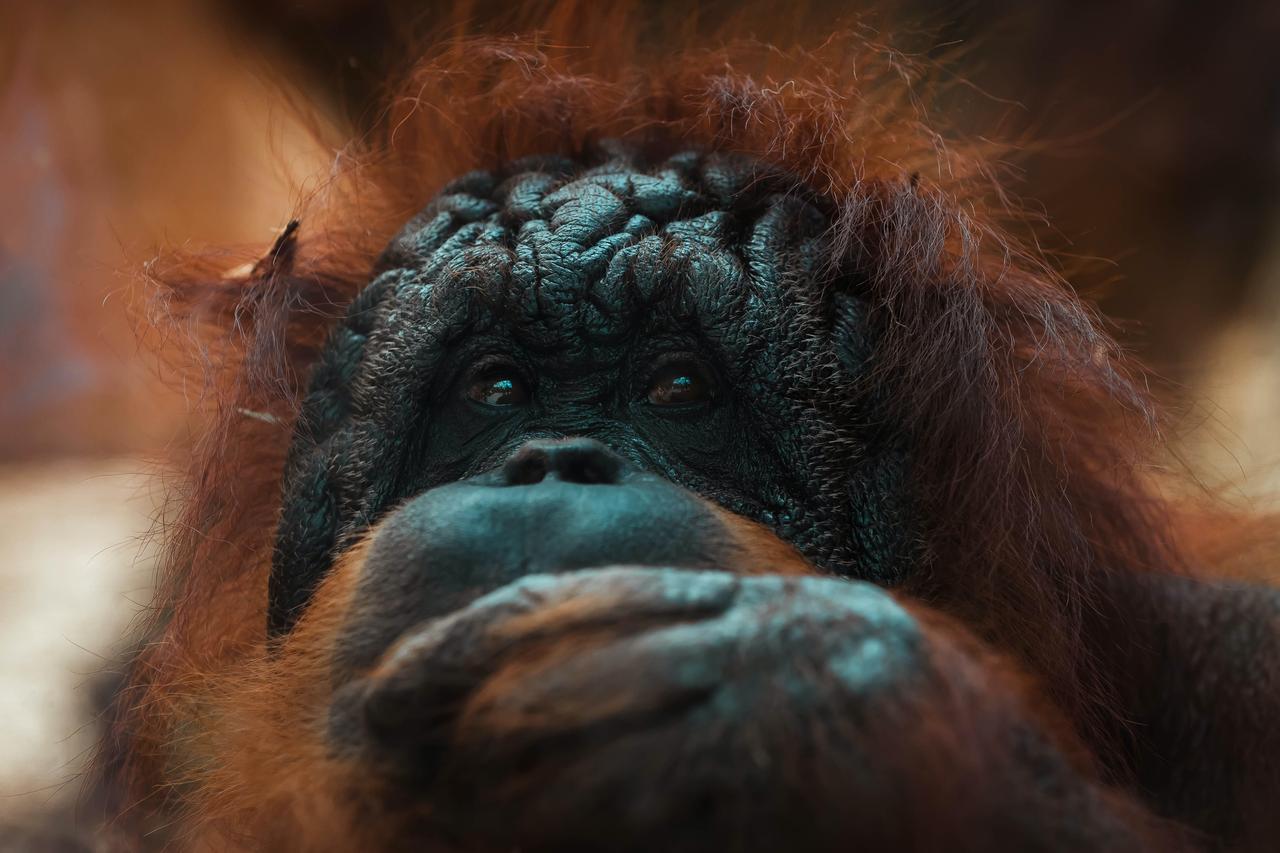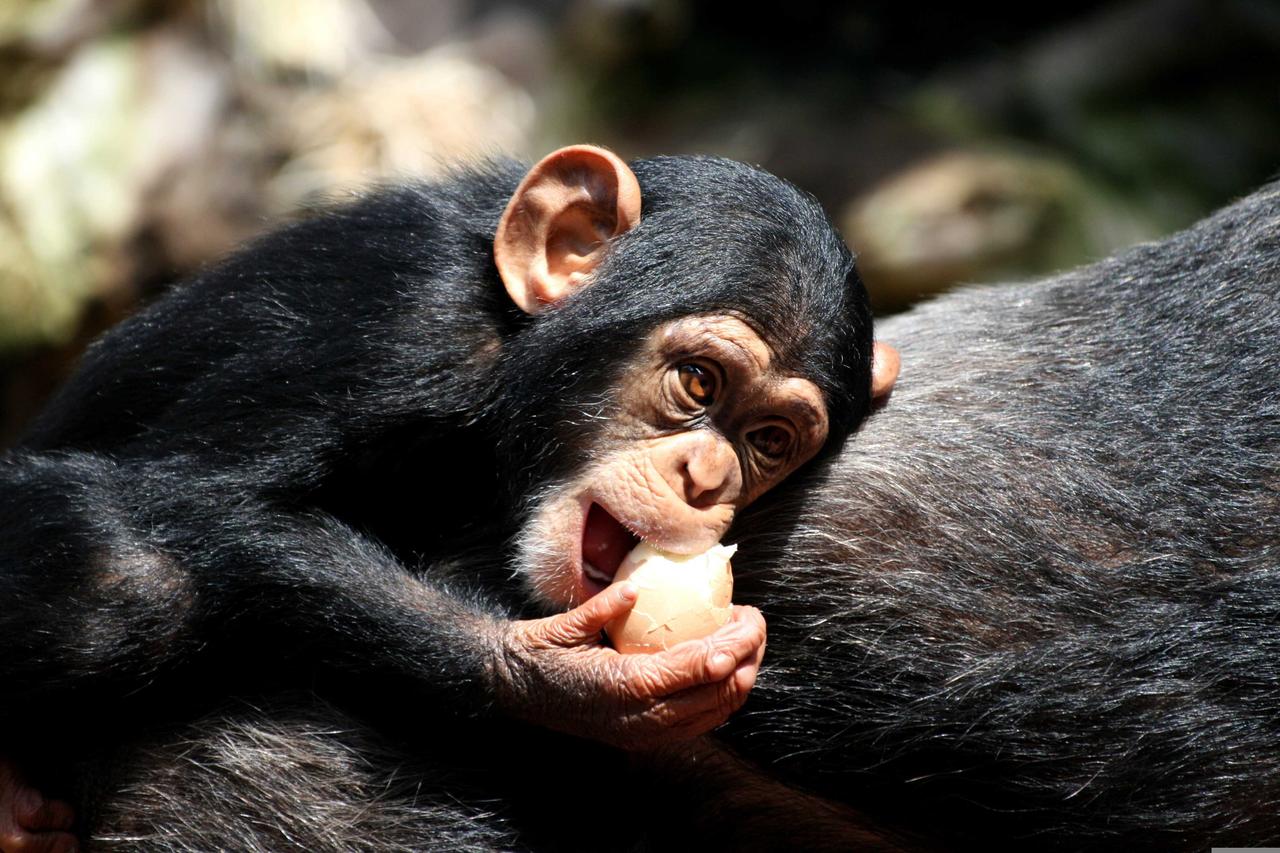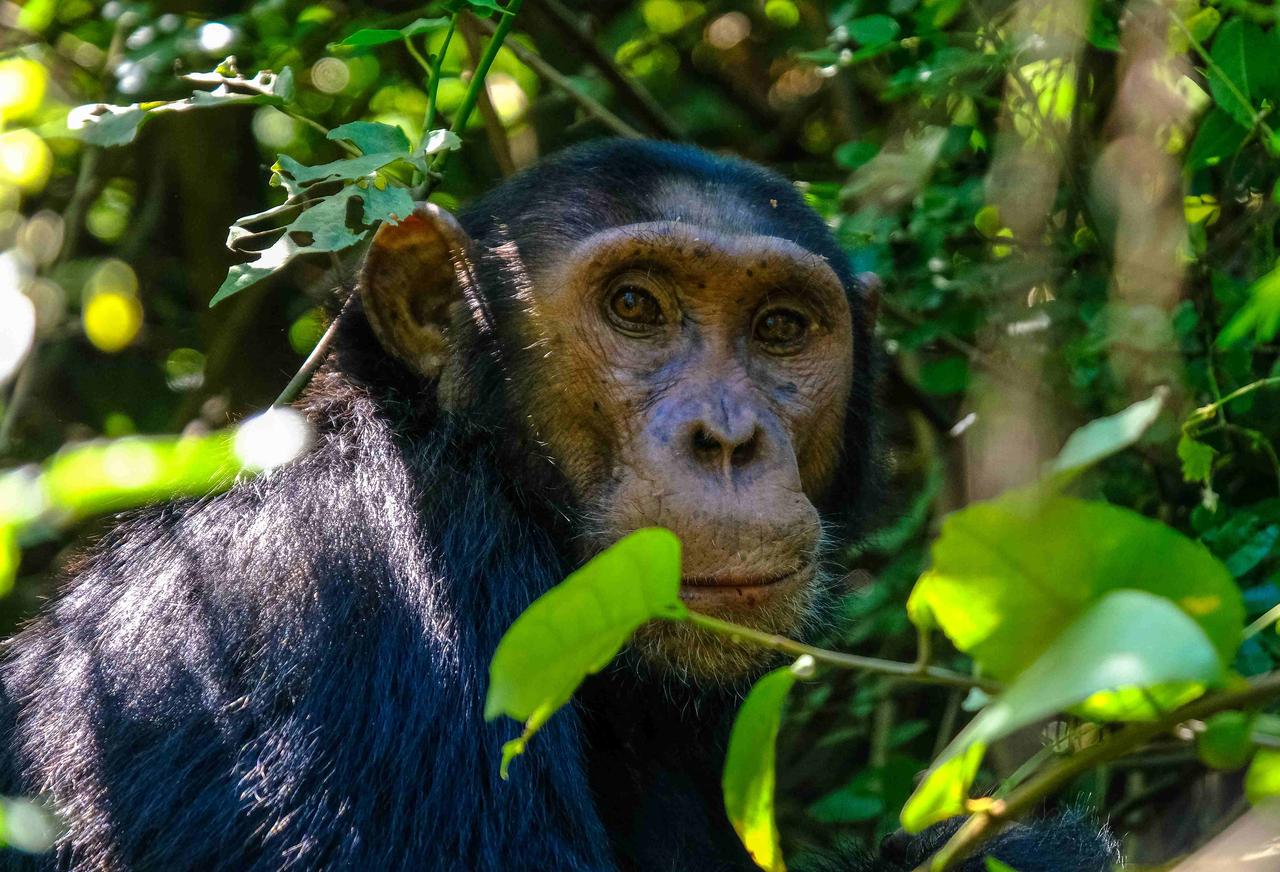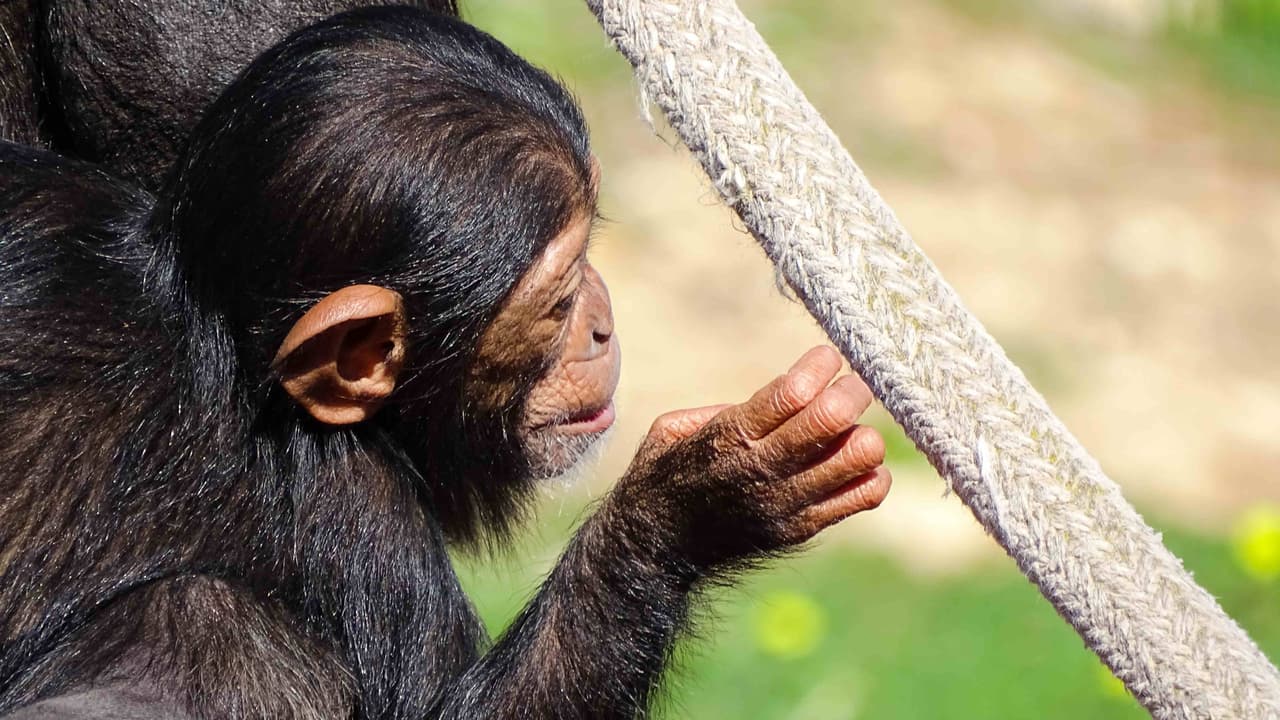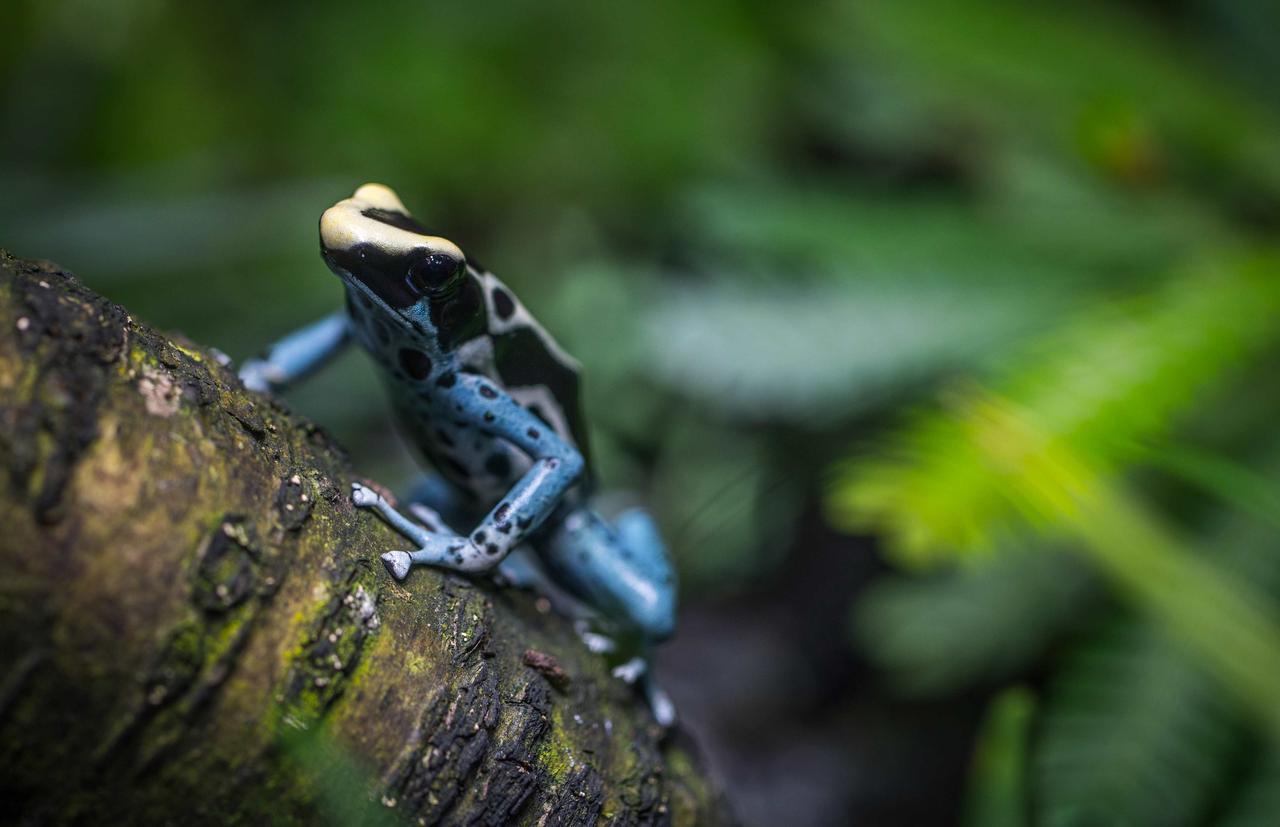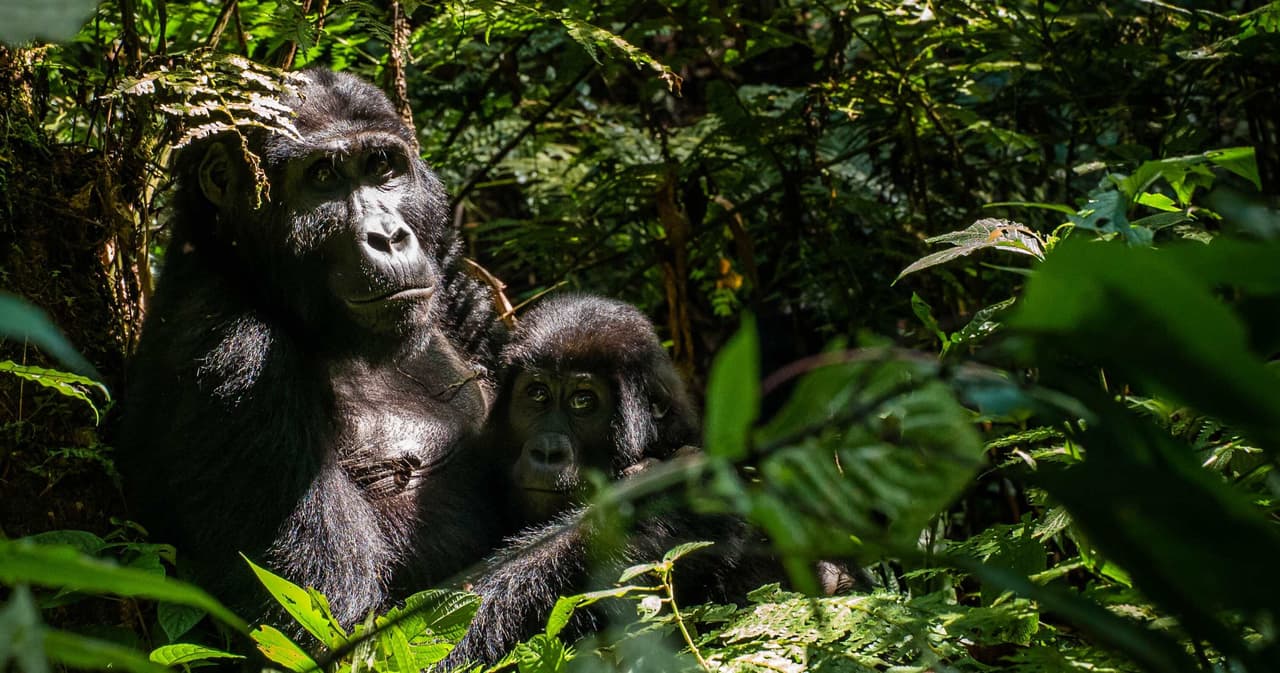
This WORLD GORILLA DAY, take a virtual walk through the RAINFOREST and get to know one of our closest ancestors — gorillas.
As powerful and withstanding as gorillas may be, today we pay them special celebration to bring awareness to the fragility of their future. Check out some of our favorite facts about these mighty creatures below — and learn how you can become a guardian of the gorillas, not only on WORLD GORILLA DAY, but everyday.
Gorillas share 98% of our DNA
Research has found that 10 million years ago, humans and gorillas came from a shared ancestor. Though the genes we share with gorillas are nearly identical, some of them function differently. For example, the gene that is linked to heart failure in humans is also present in gorillas. But somehow — it isn't harmful for gorillas. Our similarities also make gorillas susceptible to human illnesses.
They’re social butterflies
Gorillas prefer to live in groups which can have five to 65 members. Occasionally, male gorillas will live on their own — but this is not common. Gorillas do not have to remain loyal to their groups. Adult female gorillas are known to switch to a new group of gorillas after they reach the mature age of eight. Gorilla group dynamics are known to be flexible; some groups (called bachelor groups) have been observed to only have male gorillas. Within groups, there is always a hierarchy for both male and female gorillas. Gorillas can rise in rank — for example, female gorillas who give birth will “rise” in ranking.
They're actually gentle
Male gorillas have a bad reputation for being aggressive — think King Kong. However, this isn't always true. Years of research and observations show that male gorillas are much more docile than previously thought. Contrary to popular belief, male gorillas are often gentle and loving. They enjoy being around infant gorillas and have even been known to help humans.
Gorillas are excellent communicators
With sixteen different types of calls, gorillas really know what they're talking about. Gorillas typically use "grunts and grumbles" to communicate what they need and how they're feeling. This is helpful when they're expressing happiness or avoiding conflict. Gorillas will sometimes do a grunt and then scream as an attempt to stop a physical fight. Gorillas like the infamous Koko have shown us that gorillas can communicate beyond grunts, grumbles and screams — and can even learn sign language.
Only two species — and one is endangered
Gorillas are divided into two species: eastern and western. Within each species, there are two subspecies: the eastern lowland gorilla and the mountain gorilla (eastern) and the cross river gorilla and the western lowland gorilla (western). Both species of gorillas are considered endangered due to habitat loss, illegal wildlife trade, human borne illnesses, and poaching.
It’s time to be a hero for gorillas. Donate now to VAKOVAKO.












